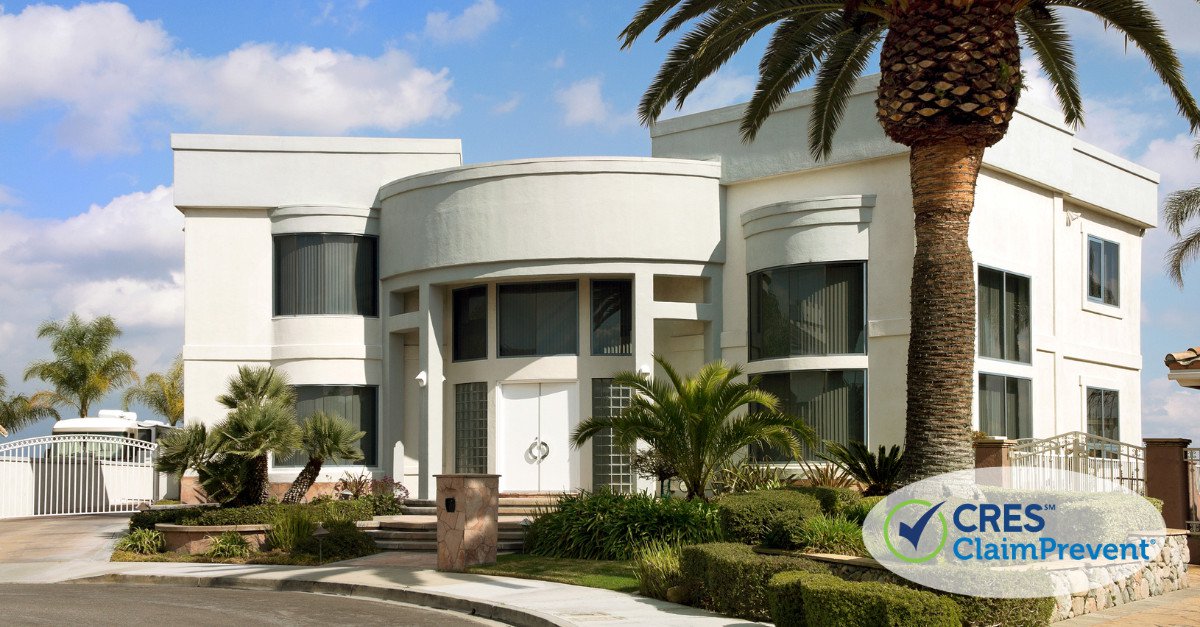In California, there are distinct differences between an accessory dwelling unit (ADU) and an accessory living quarter (ALQ).
This article explains the differences. ADUs and ALQs increase the supply of independent and affordable housing. They provide additional income for a property owner who has such a unit on his or her property and allow for greater personal and home security. They are in residential zoned areas.
ADUs
ADUs are situated on the same legal description of land of an owner-occupied single-family home. ADUs are detached from the single-family home.
An ADU is a unit with a full kitchen and bathroom that is accessory to the single-family home. ADUs are commonly called “granny units” or “granny flats”.
ADUs usually cost less than building a new home and homeowners can offer them as rental housing. They also provide living space for family members or caregivers on the same property.
Generally depending on the city where the ADU is desired, it must be within an urban growth boundary. If it is not, most likely it will be subject to a conditional use permit in areas outside an urban growth boundary.
Only one ADU is allowed per a legally described residential property. The ADU is to be located within 150 feet of the primary residence or be the conversion of an existing detached structure, usually a garage.
The owner of the residential property must reside in either the primary residence or the ADU. The ADU must use the same side entrance to the street that it is on as the residential residence and allow for additional off-street parking.
ADUs are not permitted on the same lot where an ALQ is present.
The ADU cannot exceed the lesser of one-half of the square footage as the habitable area of the primary residence or 900 square feet. ADUs must look like a primary residence. Mobile homes or recreational vehicles do not qualify as ADUs.
ADUs must comply with all local set back requirements as well as water and sewage disposal requirements. See also California ADU Real Estate Disclosure Suggestions.
ALQs
ALQs are called ”junior ADUs”, or “JADUs”, and are like an ADU but their maximum square footage cannot exceed 500 square feet. An ALQ also has to be affixed to the primary home and have its own exterior access.
Essentially an ALQ is a separate contained living quarter affixed to the primary residence and within it. (By comparison, an ADU is a separate free standing living unit on the same property as owned by the people who live in the primary living-unit.)
An ALQ is intended for use as a complete independent living facility within the primary residence with its own kitchen, bathroom, bedroom and living room. The nice thing about an ALQ is that it does not alter the appearance of the primary residence of the property owner.
An ALQ must be located within an owner-occupied primary residence, and it must provide additional off-street parking with no additional side street entrance.
ALQs are not allowed where an ADU exists.
An ALQ cannot have square footage greater than 50% of the habitable area of the owner’s primary residence.
Only one ALQ is allowed per legal lot. An ALQ is subject to municipality water and sewage disposal requirements.
Different municipalities within each California County may have variances to this information. Please suggest that any potential buyers contact the municipality to learn about requirements for legal ADUs or ALQs if they have questions.
And be sure your business is protected with California real estate brokerage errors and omissions insurance or individual California real estate E&O.
By: Edward McCutchan
Sunderland | McCutchan, LLP
1083 Vine Street Ste. 907
Healdsburg, CA 95448
(707) 433-0377
emccutchan@sunmclaw.com
© 2024
